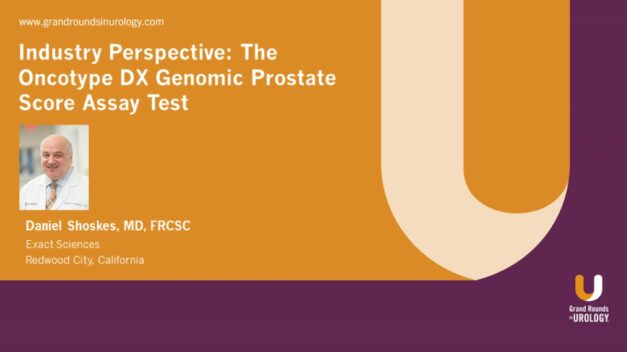Lyndon Johnson and His Kidney Stone
Grand Rounds in Urology Contributing Editor Neil H. Baum, MD, Professor of Urology at Tulane Medical School, highlights the importance of imagining how the United States healthcare system could change by reflecting on how different the world would be had Lyndon Johnson’s kidney stone not been successfully removed. He explains that in 1948, Johnson was running for a US Senate seat and was deadlocked against the favorite, when he developed an obstructing kidney stone in the upper third of his ureter. He thought he would require a ureterolithotomy, but did not want to since that might require him to drop out of the race. Dr. Baum explains that Johnson met with Dr. Gershom Thompson at the Mayo Clinic for a second opinion, and Thompson agreed to try an endoscopic stone removal, even though he had never before removed a stone in the upper third of the ureter. Thompson was successful, and Johnson had a prompt recovery, allowing him to return to the campaign and win. Dr. Baum notes that Johnson’s recovery raises several “what if” questions, such as “how might the world have changed if LBJ had not had a successful endoscopic retrieval of a proximal ureteral stone and been unable to win his Senate race?” Dr. Baum considers Johnson’s legacy as President of the United States, from passing the Civil Rights Act to accelerating US military involvement in Vietnam. He then asks, “what if we did not have the two government healthcare programs, Medicare and Medicaid, that were instituted and approved during the Johnson Administration?” This leads him to ask a whole series of “what if” questions, such as “what if we had a single payer system?” and “what if we could put more enjoyment back in the practice of medicine?” He concludes that it may be time to ask some “what if” questions, and he suggests that by doing so, it may be possible to find ways to repair the current healthcare system rather than seeing it as fundamentally immutable.
Read More
